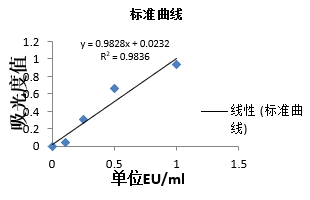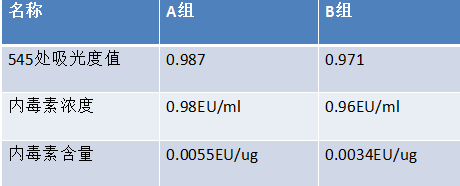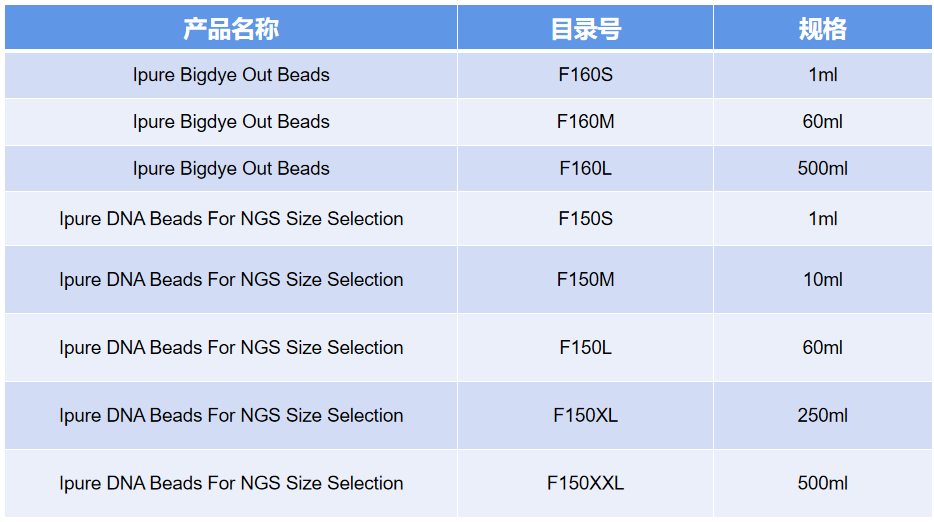The kit is designed for the large-scale purification of various endotoxin-free plasmids (plasmid, cosmid) from cultured bacteria. It utilizes the traditional SDS alkaline lysis method combined with a specific DNA-binding silica membrane and a special buffer combination to effectively remove endotoxins, featuring high efficiency, speed, and convenience. With this kit, you can purify 500 μg to 1 mg of high-purity endotoxin-free plasmid DNA from 100 ml LB overnight cultured bacterial liquid (OD260/OD280 = 1.8~2.0, endotoxin content <0.1 EU/μg). It can be used for molecular biology experiments such as cell transfection and restriction enzyme digestion.


Preparation of Standard Curve
By using Xiamen Haixi Reagent Biotechnology Co., Ltd.'s colorimetric substrate Haixi kit to detect residual endotoxins in plasmids, experiments were performed with 100 μl samples according to the instructions. Endotoxins in plasmids extracted from samples 6 (IGE) and 7 (Omega) were detected.


Standard Curve: Y = 0.9828x + 0.0232, R^2 = 0.9436. The standard curve was prepared, and the amount of endotoxin in plasmid DNA was tested using Thermofisher MK3.

Plasmid DNA after quality inspection was transfected into CHO cells and HK293 cells, showing different transfection efficiencies.
Magnetic Bead Separation Kit
The iPure DNA Beads For NGS Size Selection is a kit used for the specific range selection of nucleic acid fragments for NGS (Next Generation Sequencing), such as selecting fragments ranging from 100 to 750 bp from fragmented gDNA. It eliminates the inconvenience of gel purification and can be combined with an automated workstation for high-throughput sample preparation.
Product Features
iPure DNA Beads For NGS Size Selection does not require gel cutting, making it easy to operate.
The nucleic acid Size Selection range can be freely selected, with a wider selection range than similar products.
Can be used manually or with an automated workstation.
An automated workstation can process up to 96 samples simultaneously.
Next Generation Sequencing (NGS) library preparation designated kit.

Different proportions of magnetic bead solutions were used to recover Marker 2000, and when the concentration was 1.0×, fragments above 100 bp could be captured.

After size selection of DNA fragments smeared with ultrasound, fragment sizes were analyzed using the Agilent 2100 high-sensitivity chip. As shown in the figure, the peak of the selected fragments was high and the peak width was narrow, indicating accurate specific selection of magnetic beads and good subsequent data measurement.
Buying Guide



